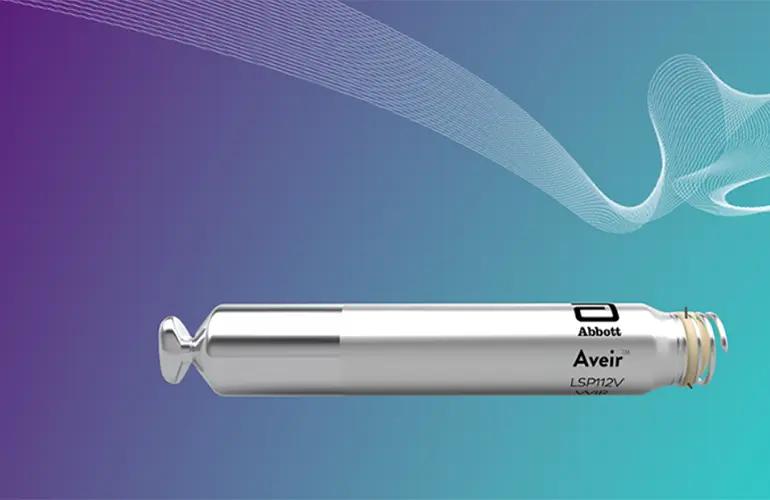These procedures mark the first time a leadless pacemaker has been implanted into the left bundle branch area, a key part of the heart’s electrical conduction system, designed to mimic the heart’s natural beat, offering people with slower-than-normal heart rhythms a new potential treatment option.
The landmark procedures were part of the prospective Leadless CSP feasibility study, which evaluates the acute safety and performance of the investigational AVEIR CSP leadless pacemaker system. The procedures were completed in the fall of 2024 by Professor Petr Neužil, M.D., Ph.D., head of the department of cardiology at Na Homolce Hospital in Prague, Czech Republic, and the site’s principal investigator, and Vivek Y. Reddy, M.D., director of cardiac arrhythmia services at Mount Sinai Hospital, New York, and the study’s principal investigator.
“While both conduction system pacing and leadless pacing provide distinct benefits to many patients, they have been separate options – until now,” said Devi Nair, M.D., director of cardiac electrophysiology at St. Bernards Medical Center, Jonesboro, Arkansas, and a key contributor to the study. “For the first time, the study of the AVEIR CSP leadless pacemaker system evaluates a pioneering approach that directly targets the left bundle branch area, combining the advantages of conduction system and leadless pacing technologies.”

